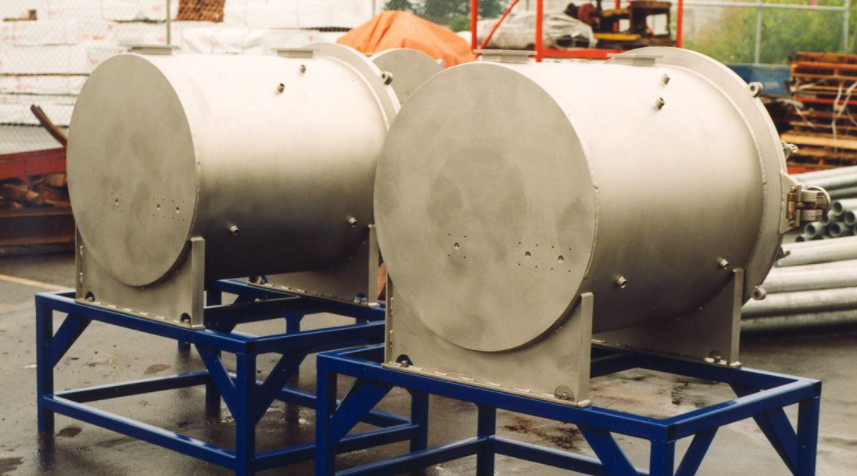As we saw in our previous article, pressure vessels are closed containers made to contain gases or liquids at relatively high pressures and are different from the outside pressure. This container’s type is used for liquids or gases’ production, transportation, storage, and transformation processes. However, despite their different advantages, many myths have been created around these containers. Here we will mention some of these myths:
Risk of explosion
One of the most common myths is related to liquefied gas containers. This myth states that if there is a leak, if any spark is lit nearby, the container could explode; however, this is unlikely, since inside the cylinder or pressure container, there is only liquefied gas, in addition to the valve that is owning the container will not allow the fire to pass into it (due to pressure), which will prevent an explosion from occurring. However, what could happen is that the gas outside the cylinder or valve ignites or ignites, which can create a certain level of danger in a gas leak.
High costs
Many people think that pressure vessels require high costs; however, one of the main advantages of this type of vessels is their low operating cost since they require little maintenance in addition to being resistant to corrosion (because oxygen is rarely found “inside” the container), these characteristics make your storage system more economical compared to other alternatives.
Low capacity and less secure storage
Another myth is that the storage of these vessels is unsafe and their limited capacity; however, pressure vessels can store large volumes of gases under moderate and high pressures. We must take into account that the storage of gas under pressure reduces the book. Still, in some cases, it “liquefies” it at room temperature, which allows the storage to be safer and more efficient and avoids contamination of the cargo contained within; all this allows for more benefits and safe storage conditions, both for the staff and for the company’s facilities in general.
Limited shapes
Another myth is that the shapes of a pressure vessel are limited; however, pressure vessels can have different forms such as cylindrical, spherical, conical, among others. Generally, the configuration of a “long cylinder” with caps on its “heads” is the most used design. In general, the companies responsible for manufacturing this type of container have a wide variety of models and configurations, whether they are standard or custom designs.
They do not have quality standards from official organizations
Some people think that pressure vessels do not have quality standards from official organizations; however, the differences in pressure that exist between the interior of the ship and they are exterior cause them to be designed, manufactured, and operated under strict regulations. For example, there are established standards and good practices that are recommended by official organizations such as the American Society of Mechanical Engineers (ASME) or the Canadian Bureau of Welding (CWB), which indicate the proper procedures for the correct manufacture, use, and maintenance of pressure vessels.
What do you think about this topic? Do you know another myth about pressure vessels?
If you want more information about our products and services, you can contact us or write your query below (comments section).
Image from PublicDomainPictures via Pixabay.com under Creative Commons license.
